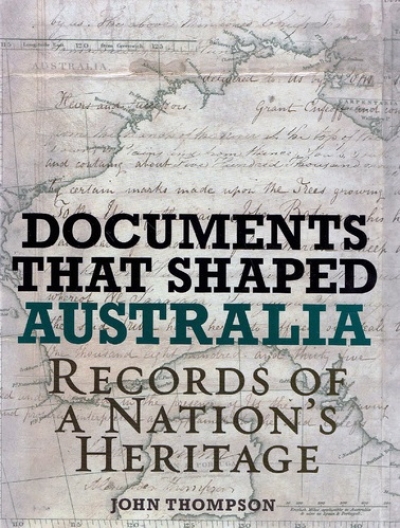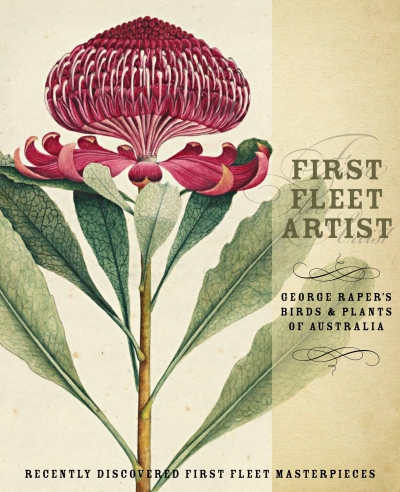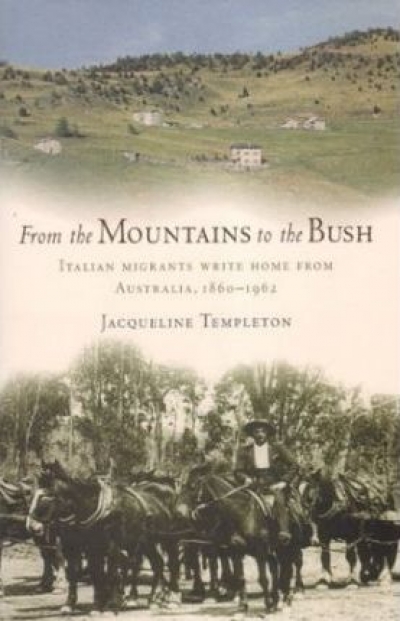John Thompson
Into the Light: 150 Years of Cultural Treasures at the University of Sydney by David Ellis
by John Thompson •
Documents that Shaped Australia: Records of a nation’s heritage by John Thompson
by Peter Pierce •
First Fleet Artist: George Raper’s birds and plants of Australia by Linda Groom
by John Thompson •
Magnificent Obsession: The story of the Mitchell Library, Sydney by Brian H. Fletcher
by John Thompson •
Letters Lifted into Poetry: Selected correspondence between David Campbell and Douglas Stewart 1946–1979 edited by Jonathan Persse
by John Thompson •
Tales Of Two Hemispheres: Boyer Lectures 2004 by Peter Conrad
by John Thompson •
From the Mountains to the Bush: Italian immigrants write home from Australia by Jacqueline Templeton, edited by John Lack and assisted by Gioconda di Lorenzo
by John Thompson •





